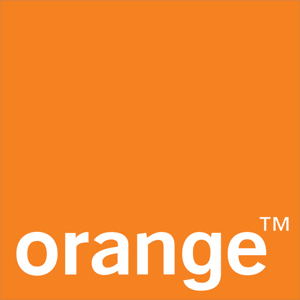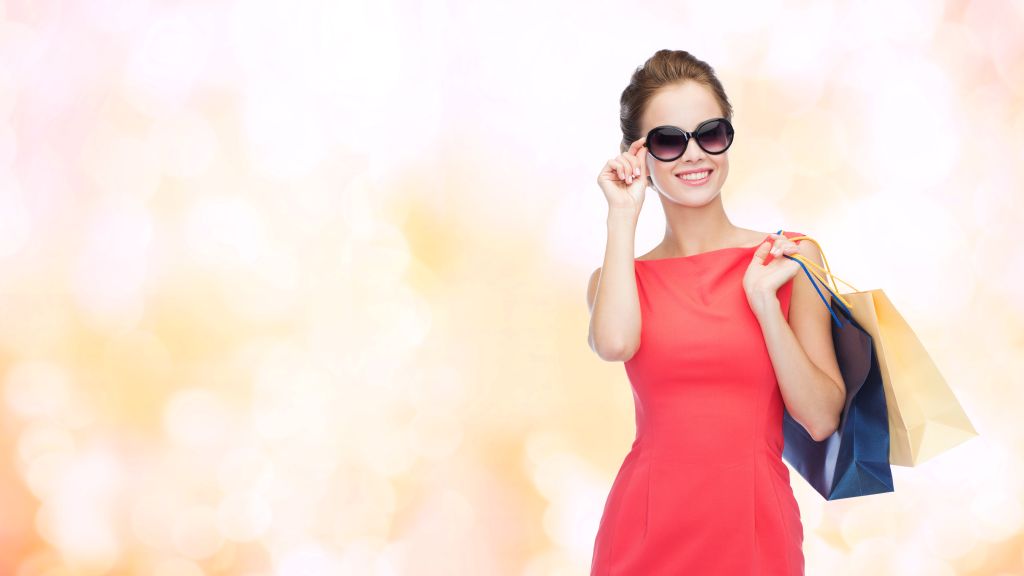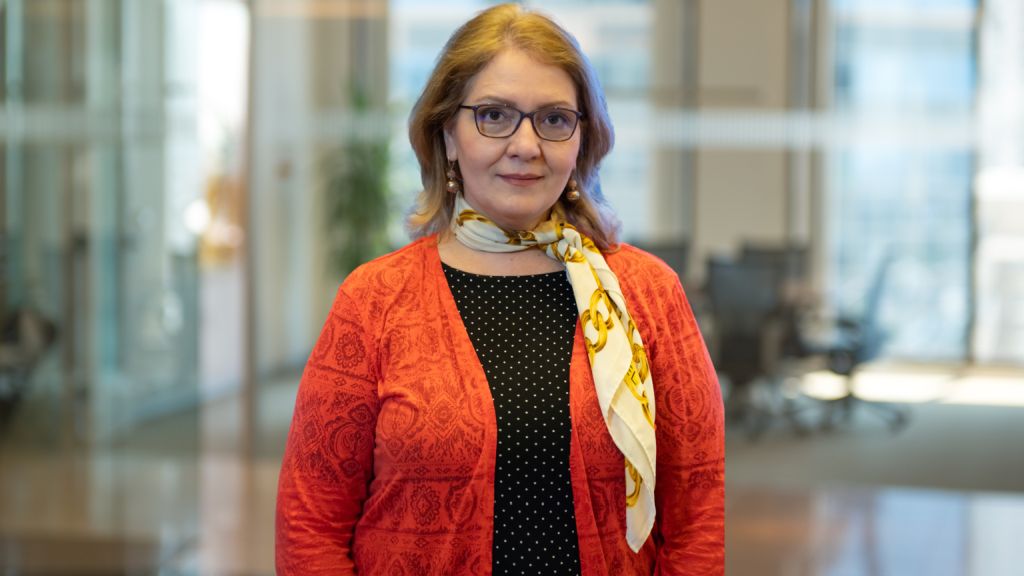Q: The pandemic has generated an exponential increase in the adoption rate of digital technologies. How is this process seen from the perspective of Orange Business Services and how do you think things will evolve further?
F.P. From the way we perceive the dynamics of this pandemic, the business leaders have become much more pragmatic. We had significant increases in certain types of solutions, such as audio or video conferencing solutions or call and contact center, as they responded to immediate, urgent needs.We can indeed see an increased interest in digital technologies, but, nevertheless, the adoption rate for complex solutions has not increased disruptively. These types of solutions require a greater allocation of time and additional financial resources.Evaluation of the necessary resources is the first stage of preparation and validation that we go through, together with our clients, regarding the modernization of the operational processes, and of the relationship the company has with its clients.If we think about the final user, whether we talk about students in universities or about employees in big organizations, it is clear that the Romanian market, in both the public and private sector, is taking rapid steps in adopting the new available technologies and responding to increased requirements and expectations from customers.Businesses are still very cautious when it comes to finances and act on short term. I believe that the critical mass of digital adopters will increase and, through its pressure, companies and firms, which represent information poles, will start long-term transformation projects. Once the companies take this step, we will be able to talk about a systemic transformation of the market.
Q: What are the industries that lead in this transformation process and what have been the results so far? What were the most important solutions that proved their usefulness?
F.P. The change is generated by the market context, but also by users. For this reason, the industries that are avant-garde in terms of digitalization are those whose customers demand it. Thus, there is a high effervescence among the trade industry for consumer goods. In this sector, companies are forced to modernize support systems and offer digital alternatives to their customers, by implementing online shops and improving customer interaction. The projects launched by public authorities and central administrations have also been very well received. We support these for change and we are confident that, once implemented, these projects aimed at modernizing the relationship between the state and its citizens will also generate an improvement of the digital relationship between the private business environment and users.The most requested for technologies are also in the area of IT &C services, but those that focus on operational efficiency for collaboration tools (UCC - Unified Collaboration and Communication), documentation, remote work, security and robotic process automation (RPA).
Q: You mentioned earlier that change is user-generated and market-driven. The education sector is an example of a sector that has deeply felt the current crisis. How does Orange Business Services respond to this market need?
F.P. Orange has a strategic approach for educational projects, both from a social responsibility perspective, through investments that aim at helping children from disadvantaged backgrounds, but also from a business perspective. If technological infrastructure is important for any digitization process, for society, education represents the basis for the development of future generations.Through the Orange Foundation, we have continued Digitaliada, a project that promotes digital education among students. The value of investments after 5 editions reached 2.6 million euros. This year, more than 30,000 students, teachers and parents started the school year on the free Digitaliada platform. Additionally, we’ve joined the effort of the Romanian authorities in supplying schools with the equipment and connectivity needed for the online classes to take place in a year that was strongly influenced by the pandemic. In the tender conducted by ONAC, we came up with the best possible offer and won the first 3 of the 9 available lots. We made sure that we have stocks in advance to make deliveries in accordance with the requirements of the contract signed with the authorities.The educational sector is one of the most affected by the health crisis. This is why I congratulate everyone involved - teachers, students and authorities for their resilience and for adapting to a completely new way of working in an extremely short time. We are ready to provide support at every step of the digital transformation process of educational institutions - from auditing to defining the necessary technological solutions.
Q: From your experience, what are the main activities in a company or a public institution that can benefit primarily from this digital transformation? Where can important results be obtained immediately?
F.P. As mentioned before, the most important technologies are those that improve the relationship between the company/institution and its customers. Nowadays, it’s extremely easy to implement a communication system regardless of the medium used (internet, telephone, e-mail, message), and these solutions can be both installed in and managed directly from the company's infrastructure, but also in a shared environment, in which many companies simultaneously use the same physical resource. The implementation, of course, is carried out in an enclosed and secure way.Just as easily, you can implement solutions for securing the IT perimeter of a company, and this is decided together with the organizations, whether we’re talking about securing the central infrastructure or the customer experience. Without being limited by factors such as physical access, these technologies can be installed and operated extremely quickly.
Q: What are the main things that public administrations and company leaders should pay attention firstly, in prioritizing technological solutions?
F.P. In order to generate change and bring positive business results, a technology must be used efficiently and implemented in the cultural and technical context of each company or institution. We also provide both commercial and technical consulting services, so that our clients can take decisions regarding the implementation and then the adoption steps.If technological infrastructure is important for any digitization process, for society, education represents the basis for the development of future generations.It is essential how the company as a whole - from the audit stage to the training and engagement of employees - takes on new technologies and their use. Resistance to change is part of human nature, so the transition process must be focused on gaining the trust of employees. We encourage our partners to consider an extremely rigorous implementation process, focusing on training and user support. You can see that we always go back to education, but now we are talking about educating employees.
Q: Another important component, for all sectors of the economy, is IoT, connection and direct communication between devices, but also real-time interpretation of data. What are the new solutions you would recommend for this area?
F.P. We have been talking about the "Data Journey" process for over a year, and we are providing companies with products that streamline every step of this process. When referring to IoT, we cannot talk about a universal solution applicable to all the requirements a company has this is why we work alongside customers to identify the most appropriate technology.We are the first to announce the national LTE-M coverage, in over 3000 cities and localities, and more recently a 100% LoRaWAN coverage in Bucharest and Iasi, an IoT dedicated network that is also present in other large cities. These are alternatives that have in common the fact that they both have extremely low energy consumption, while providing for different type of applications.With the introduction of 5G, we are entering a new IoT era and we have started to develop together with several partners business use cases that were not possible before, such as high definition video streams, real-time communications between vehicles, connecting the essential equipment in production halls.Of course, the connectivity provided by LTE-M, LoRaWAN or 5G is just one of the components of an IoT solution that must be supplemented with device management and data collection solutions. We can either integrate our solutions with third party systems, but we also propose our own platform, Live Objects, which allows data management and meets several specific needs of IoT solution developers. To all this we must add an element of cyber security.
Q: The collection of these large volumes of data requires solutions for storage, protection and also the possibility to process them. The trend is towards cloud solutions. How do you see this and what will be the evolution?
F.P. The market is increasingly moving towards specialized platforms in this regard, which are much stronger, more financially efficient and more flexible than those that could be developed and hosted directly by customers. When it comes to Orange Business Services, in addition to local solutions, such as Flexible Computing, we offer access to Flexible Engine, our global public cloud. The global cloud can be scaled extremely quickly, regardless of the volume of data processed, and it includes an impressive portfolio of interpretation and analytics, which can be accessed directly by the client, for strictly for the needed period.The approach is a pay per use one, which helps companies effectively calibrate their spending. In addition, the interface is friendly and intuitive, no advanced knowledge is required to operate the service, and customers can reach to our specialists when they need it.
Q: How was for Orange the first half of the year? How do you see the evolution for the second semester corroborated with the evolution of the entire economy?
F.P. This year, in particular, the telecommunications industry has demonstrated it is a fundamental service for society. We proved our agility and resilience while confronted with an unprecedented situation and we helped our clients to adapt as well as possible to the new reality.During the first half of the year, we saw an increase of over 30% in the adoption for call center and contact center solutions, but, as expected, the demand for cyber security solutions also increased by 24%. As I said earlier, we look more closely at the opportunities offered by the 5G infrastructure, while also developing several projects in both automotive and media, for example.At the same time, the contraction of all markets presents challenges for everyone, and the telecom sector cannot be viewed or analyzed outside this context. Traditional business areas, such as device sales, have declined considerably, and some of the ongoing projects have been blocked. We also find ourselves in a continuous process of adapting to a situation with a low level of predictability, but we focus on long-term investments, and the growth in the IT&C services area gives us confidence that our strategy for integrating IT services and building a convergent offer is the right one. Resilience remains the key word for many sectors, including telecom, for the near and medium future.
You can also consult the interview in the document below:






























